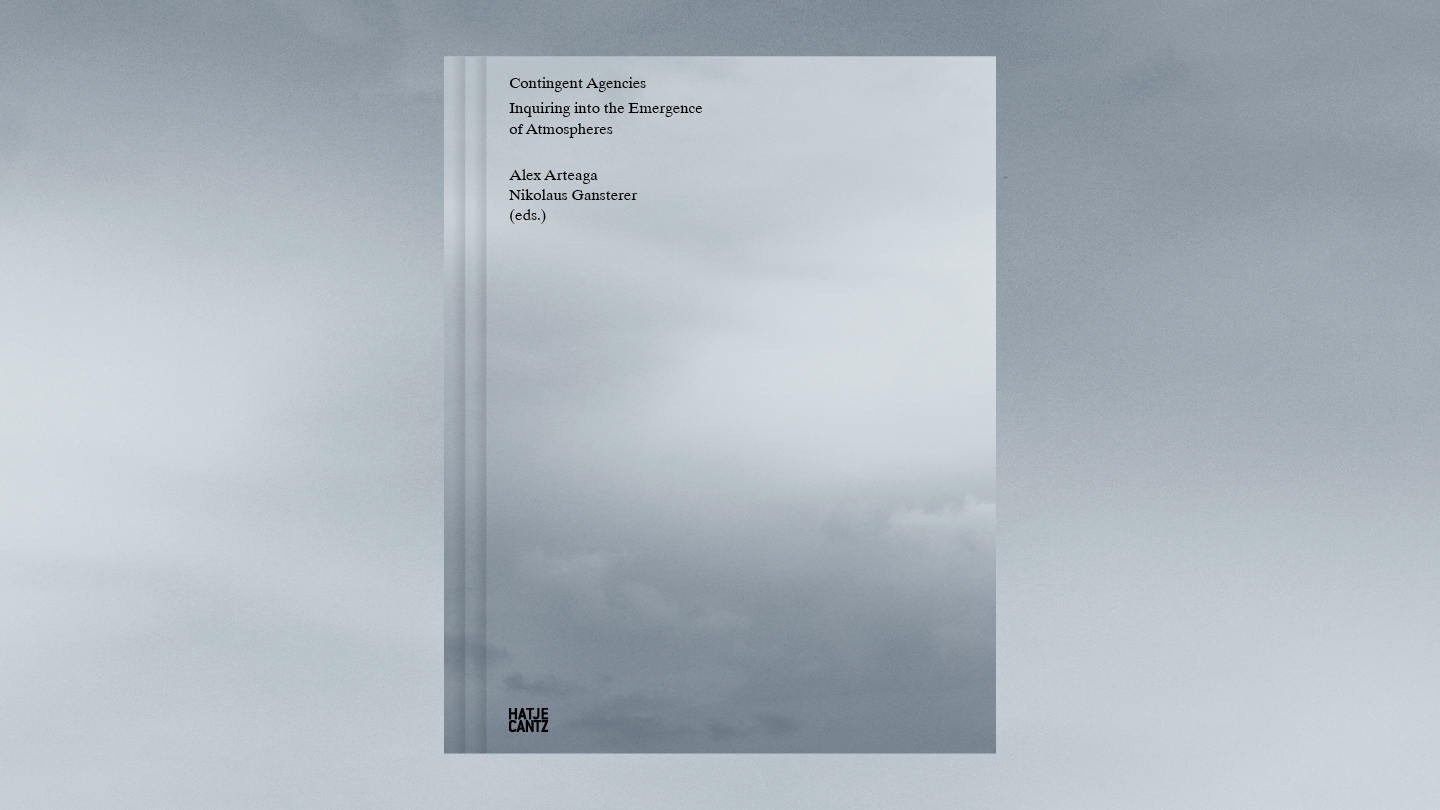Contingent Agencies – Inquiring Into the Emergence of Atmospheres (publication)

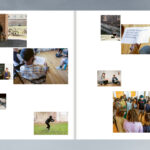
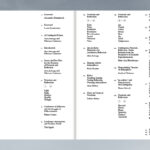
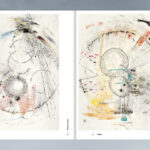




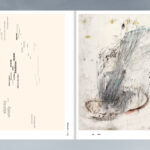
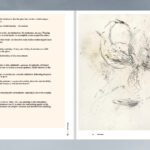
PUBLICATION: CONTINGENT AGENCIES – INQUIRING INTO THE EMERGENCE OF ATMOSPHERES
Edited by Alex Arteaga and Nikolaus Gansterer
How do atmospheres – those subtle, impermanent, non-objectified and surrounding yet intimately affective presences – come to be? What forces enable and constrain their appearance, and how do they relate to one another? How to research these complex processes in a non-reductive way?
Contingent Agencies, an artistic research project initiated by Alex Arteaga and Nikolaus Gansterer, explores the dynamic relationship between human and non-human agencies as enabling conditions for the emergence of atmospheres. This cross-disciplinary investigation is conducted through multimodal practices of notation, reflection, showing, and sharing realized in diverse media within different theoretical frameworks such as phenomenology, enactivism, and new materialism. A group of internationally renowned authors explores the emergence of atmospheres through diverse perspectives, including art, artistic research, western and non-western philosophy, anthropology, sociology, and quantum physics. The present book, complemented by an extensive online archive, features multiple research artifacts – including texts, drawings, photo series, diagrams, sound recordings, and video stills – as an invitation for a wider community to join the inquiry.
With contributions by Alex Arteaga, Karen Barad, Arno Boehler, Emma Cocker, Alexander Damianisch, Gerhard Dirmoser, Debris Facility, Mika Elo, Nikolaus Gansterer, Rosie Isaac, Sabina Holzer, Tim Ingold, Paula Kramer, Erin Manning, Dieter Mersch, Hans-Joerg Rheinberger, Leena Rouhiainen, Andreas Spiegl.
Editors: Alex Arteaga, Nikolaus Gansterer
Graphic Design: Marie Artaker, Alexandra Moellner
Language: English
Release: April, 2025
Format: 440 pages, more than 130 images and diagrams, paperback, 180mm x 250mm
Publisher: Hatje Cantz Berlin
ISBN: 978-3-7757-5903-8 (print) e-ISBN: 978-3-7757-5964-9 (pdf) Open Access
This work is licensed under Creative Commons License CC BY-NC-ND 4.0
- Purchase the hard copy at Hatje Cantz Publisher: https://www.hatjecantz.com/products/78954-contingent-agencies?variant=49278504403290/
- Download the open access eBook via the University Library at https://phaidra.bibliothek.uni-ak.ac.at/o:74284
→ Book Launches:
>>> 07th of April 2025, 18:30-21:00
Book Launch at the University of Applied Arts Vienna,
at the APL Angewandte Performance Laboratory,
Expositur Georg-Coch-Platz (= former PostSparKasse),
mezzanine floor, Georg‐Coch‐Platz 2, 1010 Vienna, Austria.
* * *
>>> 09th of May 2025, 9:30-10:15
Book Launch and presentation at the 16th International Conference on Artistic Research
at the University of Porto, Faculty of Engineering of the University of Porto, Portugal.
* * *
>>> 19th of November 2025, 9:00-17:00
Presentation of the publication „Contingent Agencies“ in the context of Publishing Artistic Research: concepts, opportunities and challenges, part of the Research Pavillion 2025, at Kookos, Haapaniemenkatu 6, 00530 Helsinki, Finland.
* * *
Visit the project online archive: https://contingentagencies.uni-ak.ac.at/
Leena Rouhiainen
This beautiful and multifaceted book presents original artistic research practice and thinking by accomplished artist-researchers and influential contemporary thinkers. Opened by the perspective of contingency, it brings together different actors, processes, materials, and situations as atmospheric entanglements. In doing so, it demonstrates the subtle and complex interrelations involved in emergent artistic exploration and aims to articulate related reflection.
Contingent Agencies: Inquiring into the Emergence of Atmospheres is the culmination of a four-year artistic research project funded by the Program for Arts-Based Research (PEEK) of the Austrian Science Fund (FWF). In this publication, the project’s main researchers, Alex Arteaga and Nikolaus Gansterer, have invited twelve artist-researchers and scholars to jointly explore the ways in which situational agencies engender enveloping presences. By focusing on atmosphere, they formulate an inventive methodology that interweaves notation, reflection, and the display of aesthetic, artistic, and conceptual insight through different media. The methodology, which was introduced to the contributors to the volume, supports thinking about intricate connectivity in a variety of ways, including drawings, photographs, words, writing, speaking, dialogue, and listening amongst others. This book therefore presents diverse aesthetic and artistic modes of sense-making and speaks for the manifold opportunities artistic practice and thinking have in forwarding our ability to articulate and understand what has been conventionally considered unthinkable.
Perhaps most importantly, Contingent Agencies offers artistic research a new methodological outlook by introducing a persuasively argued and straightforward modus operandi that can be shared with and applied by others. Seldom do we witness artistic research procedures that contribute to addressing a generic issue by various authors and through diverse media. Usually, the methods of artistic research are artist-, problem-, and artistic media-specific. Methodologically, Contingent Agencies is one of the definitive examples of practice-informed artistic research. As an outcome of the utilized approach, the volume effortlessly interlinks artistic research practice and theoretical conceptualization and does so in a way that forms an inclusive composition of differences. The carefully considered structure and design of the book highlight this feature.
Contingent Agencies presents a complex and appealing artifact with a wealth of aesthetic and critical detail. Readers are offered ample inspiration and provocation as they learn about critical views on the meteorological, aesthetic, and political characteristics of atmosphere and how it involves physical, sensual, and self-reflecting planes, vital impulses, as well as ecstasy and sense, and energetics from the otherwise. The problem of contingency is detailed as something involving agency without an agent and a disturbing tactile presence that is best approached through aesthetic and artistic means. The book’s methodological approach is discussed by addressing the aesthetic dispositive for reflection, which is understood as a practice of sharing and tactics of showing. In addition, non-intentional notation is scrutinized as evidencing undetermined processes of transformation. By destabilizing conceptions of scientific practice, the opportunities for exchange and hybridization between scientific and artistic research are encouraged. Readers are also offered specific displays of notations that the contributors generated throughout the duration of the project including the closing symposium. These comprise texts created through live writing and voicing observation, accounts on observations of bodily movements and relatedness to temperature, light, and wind, constellations of written and drawn notes as figuring a trajectory of artistic exploration, aphoristic poetic images resulting from atmospheric thinking interconnecting body, space, language, and potentialities as resonating matters, as well as spatial arrangements of light reflections evidencing a process of reflective notation.
The previous description can hardly convey the sensuous, aesthetic, and conceptual intricacies of Contingent Agencies with its imagery and design comprising evocative drawings, photos, graphic charts, dialogical commentary, glossaries, and footnotes. Together with the main chapters they attest to the wealth of discerning sense-making contained within the book. I can highly recommend Contingent Agencies as a topical and informative volume for anyone interested in contemporary views on artistic research and aesthetics as well as students and scholars exploring the concept of atmosphere.
